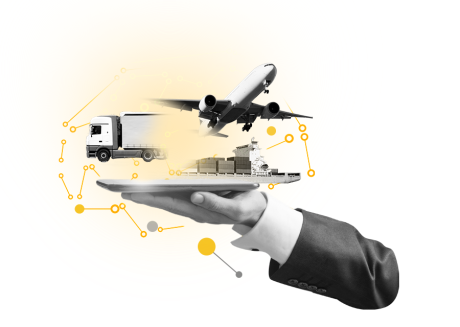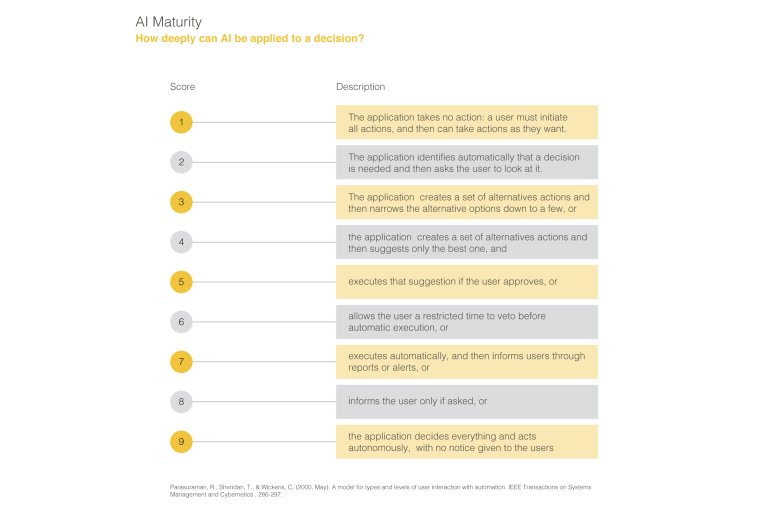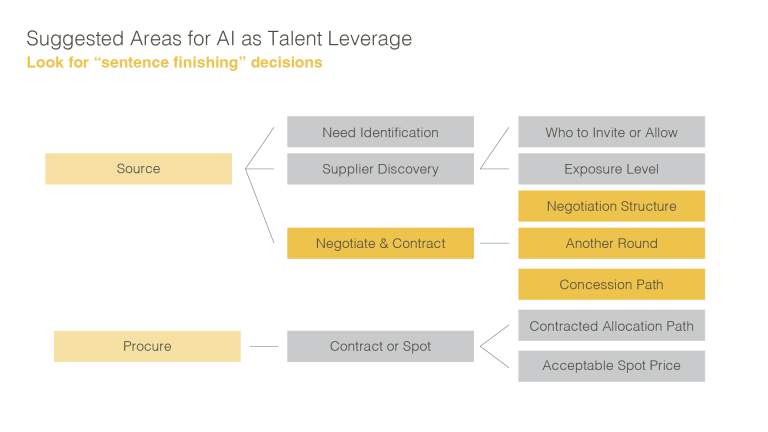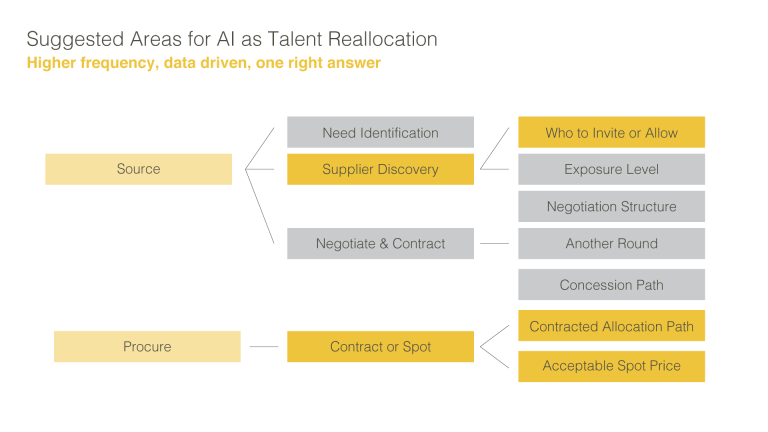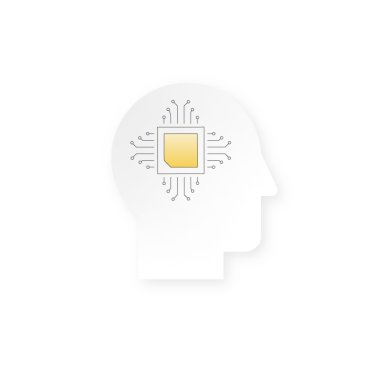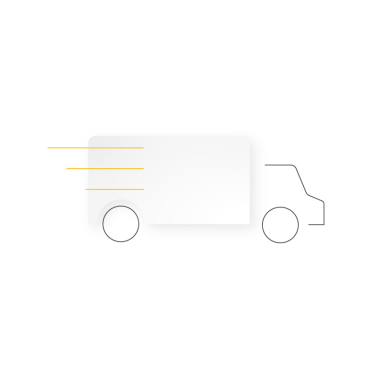A dominant theme of the coming two decades is the arrival of artificial intelligence (AI) into the workplace, including in the data intensive area of logistics. Unlike earlier trends that were enabling staff to do more, AI has the potential and the complexity that it raises two major questions for logistics leaders: Where will we find the talent to deploy AI, and to what degree will AI’s ability to handle activities that we pay workers to do revise our ideal workforce? The rest of the article provides one avenue to assessing where to place AI within a logistics operation, using procurement as an example, and how to estimate the change in roles it offers to the staff around it.
Which areas in logistics and which questions can AI help you with?
AI differentiates itself from automation in that it's not about doing a process faster and with less labor involvement, it's about doing it in a way where there is decision autonomy for the software. So, we need to focus on identifying decision points, and apply AI to these steps. In transport procurement, the sourcing decision ("Who do I work with and what do I intend to buy?") and the transacting decision ("How do I buy it, how do I contract with them, and for how much?") are the main decision points.
Often, after those procurement decisions are made, there’s another decision round on the transportation assignment level that evaluates whether the previously set decisions should apply to all cases, by enforcing transportation contracts with carriers ("How do I assign work within the set contracts? To which transport providers should I assign each load?"), or, if shippers should deviate from them and go to the spot market. If the latter is decided, then we are faced again with some of the same questions: “Who do I work with? How do I buy it? Where is my pricing limit, where to begin and to stop?"
